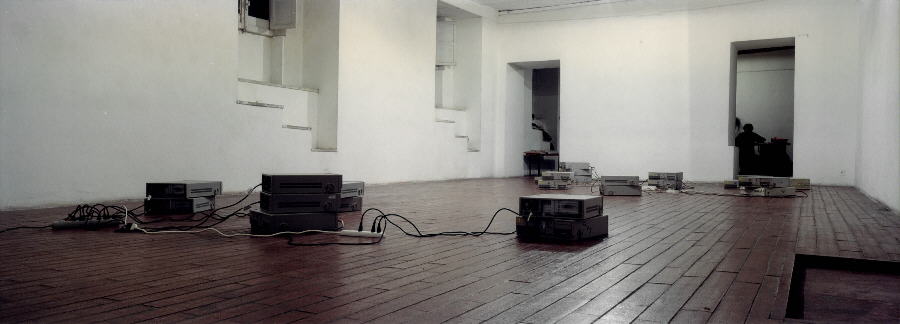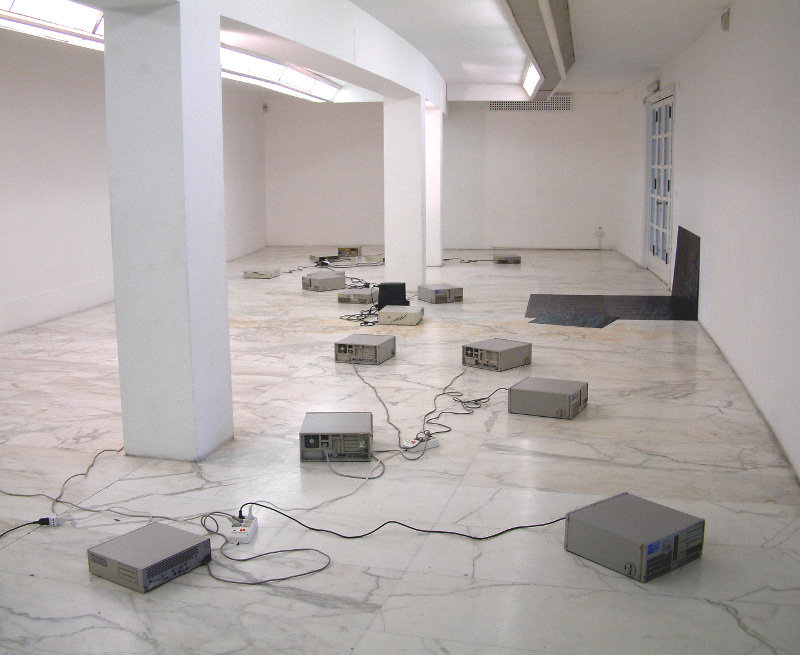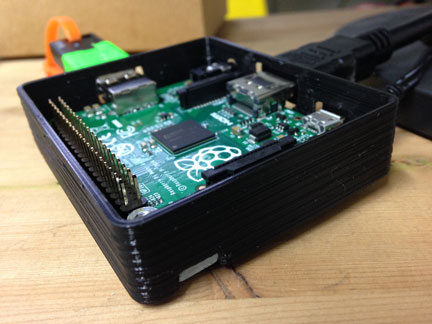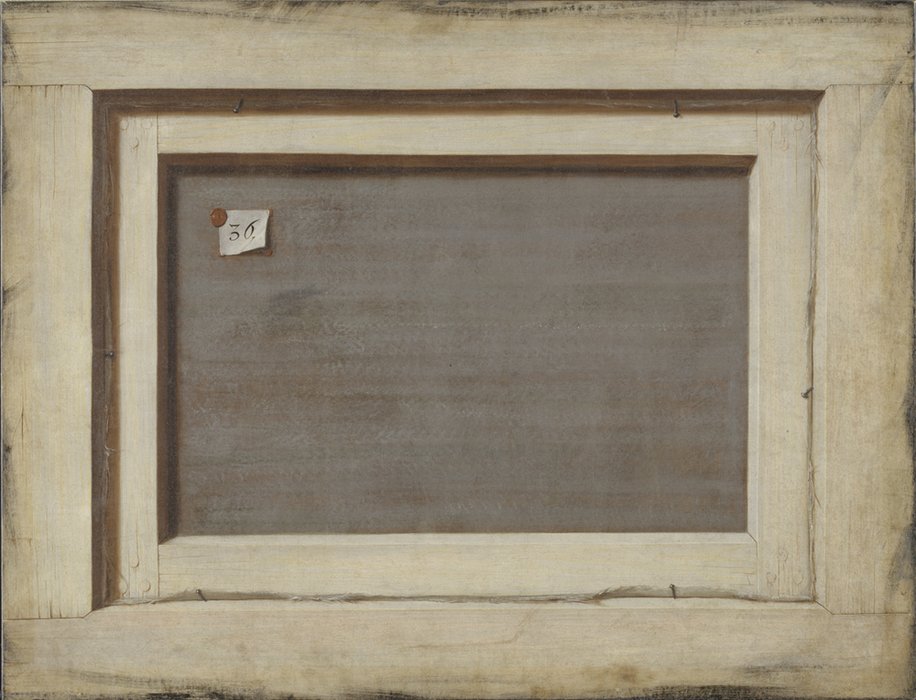

 The project series Sealed Computers by Maurizio Bolognini point us to what might form the most significant line of force in the field of software-based art.For this installation, Bolognini places over a dozen computers in a gallery space, networking them and having them jointly compute simple graphic structures which, however, deliberately do not get displayed: the monitor buses of all the computers are sealed with wax, and the installation offers no indication of the communication between the computers, or its results. What we can perceive are the interconnected computers, humming, maybe processing software. They are neither keeping a collective secret from us, nor are they even ‘conceiving’ of the results of their computations as visual structures.The experience of the installation is uncanny, because we are unable to control, or even fully understand what is going on. The aesthetical experience of the sublime, as conceived by Romantic writers of the late 18th and early 19th centuries, is characterised by a confrontation with unbounded and overwhelming nature, a transgressive experience which is not based on an appreciation for the grandiose beauty of nature, but on a disturbed sense of amazement about its limitless and uncontrollable force. Of course, the notion of the natural sublime is historically associated both with, on the one hand, the experience of alpine and maritime wilderness and natural catastrophies like earthquakes, and on the other hand, with the progressive subjugation of nature under human will in the course of industrialisation. The sublime is thus a paradoxical sign of both intimidation, and the frustration about the loss of ‘natural nature’. It is a sensation realised in the event of being confronted with some external force, emerging from the imaginary drama of an unbridgable gap between our experience, and the forces that move it. Closely connected to the Romantic unease about nature is the modern unease about machines. While modernist humanism has done everything to re-enstate human perception of a contained world as the core motor of aesthetic experience, the emergence of technological art has brought the sublime back into the experience of contemporary art.Bolognini’s installation offers a confrontation with the ‘machine’ in the form of an obscure, software-driven process which we are radically alienated from. It points us to an ‘aesthetics of the machinic’ whose aesthetical experiences are effected by such machinic structures in which neither artistic intention, nor formal or controllable generative structures, but an amalgamation of material conditions, human interaction, processual restrictions, and technical instabilities play the decisive role. Like any form of art, software art should initiate such experiences that fundamentally put our expectations about technology off-balance.
The project series Sealed Computers by Maurizio Bolognini point us to what might form the most significant line of force in the field of software-based art.For this installation, Bolognini places over a dozen computers in a gallery space, networking them and having them jointly compute simple graphic structures which, however, deliberately do not get displayed: the monitor buses of all the computers are sealed with wax, and the installation offers no indication of the communication between the computers, or its results. What we can perceive are the interconnected computers, humming, maybe processing software. They are neither keeping a collective secret from us, nor are they even ‘conceiving’ of the results of their computations as visual structures.The experience of the installation is uncanny, because we are unable to control, or even fully understand what is going on. The aesthetical experience of the sublime, as conceived by Romantic writers of the late 18th and early 19th centuries, is characterised by a confrontation with unbounded and overwhelming nature, a transgressive experience which is not based on an appreciation for the grandiose beauty of nature, but on a disturbed sense of amazement about its limitless and uncontrollable force. Of course, the notion of the natural sublime is historically associated both with, on the one hand, the experience of alpine and maritime wilderness and natural catastrophies like earthquakes, and on the other hand, with the progressive subjugation of nature under human will in the course of industrialisation. The sublime is thus a paradoxical sign of both intimidation, and the frustration about the loss of ‘natural nature’. It is a sensation realised in the event of being confronted with some external force, emerging from the imaginary drama of an unbridgable gap between our experience, and the forces that move it. Closely connected to the Romantic unease about nature is the modern unease about machines. While modernist humanism has done everything to re-enstate human perception of a contained world as the core motor of aesthetic experience, the emergence of technological art has brought the sublime back into the experience of contemporary art.Bolognini’s installation offers a confrontation with the ‘machine’ in the form of an obscure, software-driven process which we are radically alienated from. It points us to an ‘aesthetics of the machinic’ whose aesthetical experiences are effected by such machinic structures in which neither artistic intention, nor formal or controllable generative structures, but an amalgamation of material conditions, human interaction, processual restrictions, and technical instabilities play the decisive role. Like any form of art, software art should initiate such experiences that fundamentally put our expectations about technology off-balance.
Source: maurizio bolognini: programmed machines (Sealed series)




